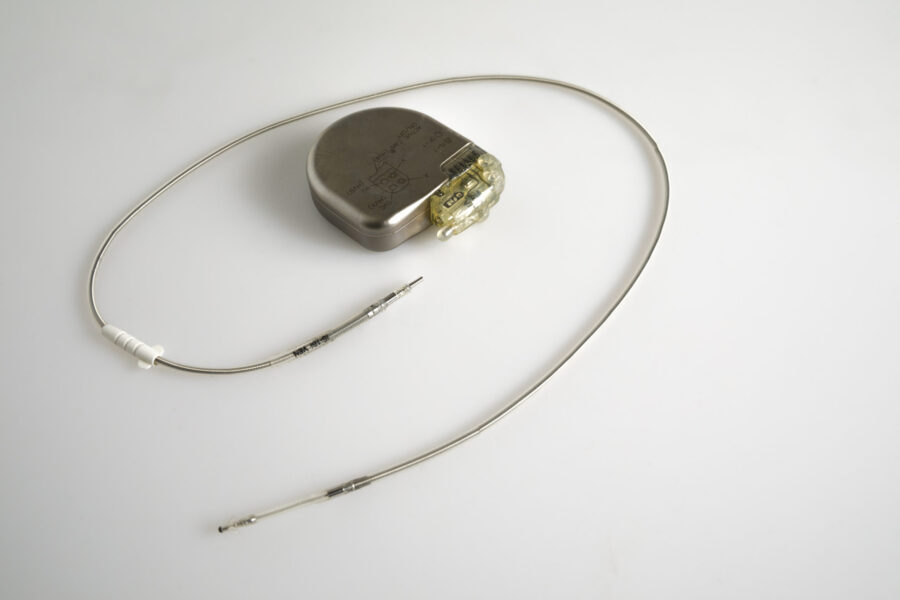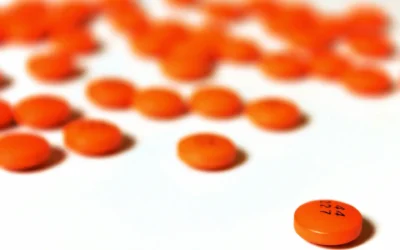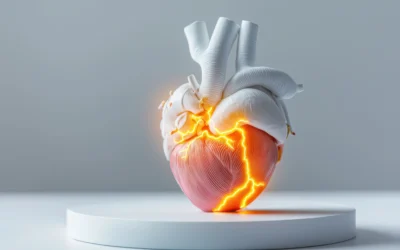Implantable cardioverter-defibrillators (ICDs) have made significant strides in the cardiology field, offering hope to patients prone to dangerously abnormal heart rhythms. This article provides an overview of ICDs, the implantation procedure, and life post-procedure.
Understanding ICDs
An ICD is a battery-powered device that monitors and corrects potentially life-threatening rapid heart rhythms, sending electrical pulses or shocks to restore a normal heartbeat. It’s larger than a pacemaker and has all the functionalities of one, with added capacity to deliver high-energy shocks.
Why Doctors Recommend ICDs
ICDs are often recommended to patients who:
- Have experienced one or more episodes of ventricular tachycardia or ventricular fibrillation.
- Have survived a heart attack but are at high risk of cardiac arrest.
- Have inherited conditions that increase the risk of abnormal heart rhythms, such as long QT syndrome.
The Implantation Procedure
The implantation of an ICD is similar to that of a pacemaker and is generally performed under local anesthesia. Here are the essential steps:
- The surgeon makes an incision in the chest or abdomen.
- The leads are inserted into a vein and threaded into the heart, guided by an X-ray machine.
- The other end of the leads is connected to the ICD, which is then fitted into the body.
Life After ICD Implantation
Recovering from an ICD implantation typically involves a short hospital stay. Doctors will monitor your condition and the device’s functionality before discharge. They’ll provide guidelines regarding wound care, activities, and follow-up appointments.
Life with an ICD generally allows for a return to most everyday activities, with some precautions. For instance, you should avoid vigorous, high-impact activities that could lead to a blow to the ICD site. You should also avoid close proximity to strong electromagnetic fields, such as those produced by MRI machines, which could interfere with the ICD’s function.
You’ll have regular check-ups with your doctor to ensure the ICD is working correctly. These visits might involve testing the device’s settings and battery life. Depending on your device and condition, you might be set up with remote monitoring, allowing your healthcare team to track your ICD data from a distance.
It’s vital to be vigilant about your heart health and understand your device’s signals. Most ICDs are programmed to deliver beeps or vibrations at specific times or under certain conditions. Always report these signals and any symptoms to your healthcare provider promptly.
Day in the Life with an ICD
Day-to-day life with an ICD is remarkably similar to life before the procedure, with a few necessary changes to accommodate the device.
Upon waking, you may conduct a quick, daily inspection of the ICD site for any signs of infection or other irregularities. This usually involves a visual and tactile check for redness, swelling, or warmth. Any drastic changes should be promptly reported to your healthcare provider.
During your daily activities, it’s generally safe to use household electronics, such as microwaves, electric shavers, and remote controls. They don’t typically interfere with your ICD. However, it’s recommended to keep items like cell phones and MP3 players at least six inches away from your ICD to prevent potential interference.
Engaging in physical activity is an essential part of heart health. Most ICD recipients can engage in light to moderate exercise. Your doctor will guide you on the appropriate level of physical activity. It’s important to note that contact sports, like football or boxing, are generally discouraged as they may result in a direct blow to the device.
At work, you can typically resume your duties, depending on the nature of your job. If your job involves heavy lifting or exposes you to strong electrical or magnetic fields, you may need to discuss possible modifications with your employer and healthcare team.
Living with Confidence
Living with an ICD might initially seem overwhelming, but with time, most recipients get accustomed to their devices. Support groups, both in-person and online, can be beneficial in adjusting to life with an ICD. Connecting with others who are going through similar experiences can provide emotional support, practical tips, and reassurance.
Interpreting the Results
Following implantation, the ICD’s functioning is monitored regularly. If the ICD delivers a shock, it’s essential to immediately contact your healthcare provider.
In conclusion, ICDs are life-saving devices that have revolutionized care for patients prone to life-threatening heart rhythms. By understanding how an ICD works, patients and their families can more effectively navigate the journey toward better heart health.









